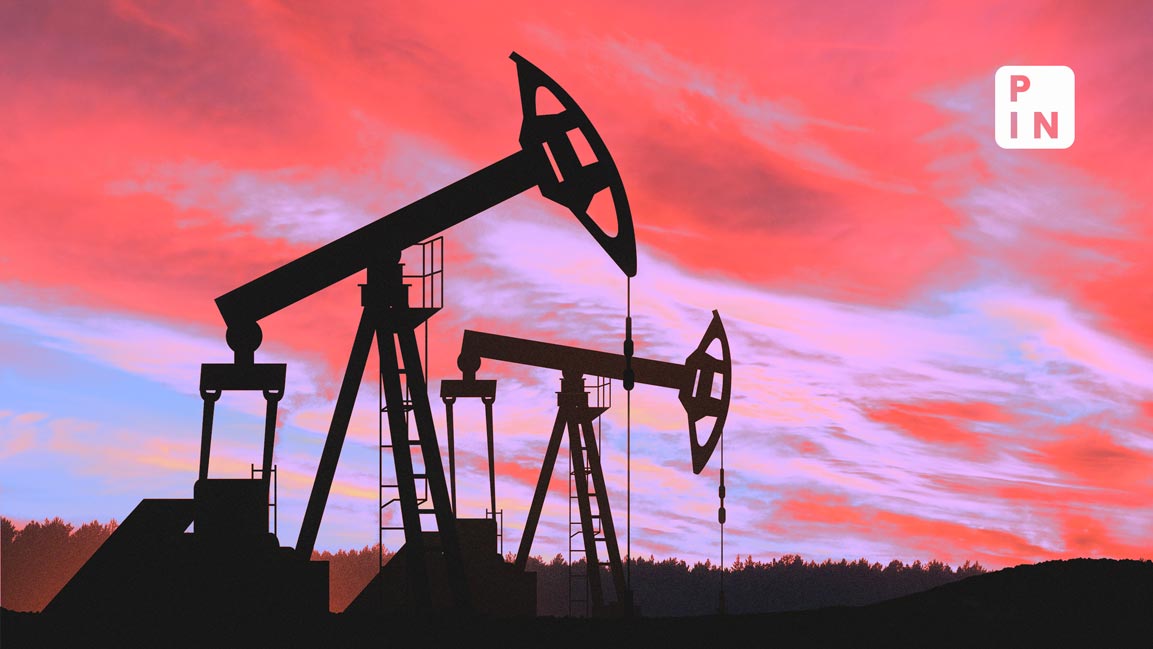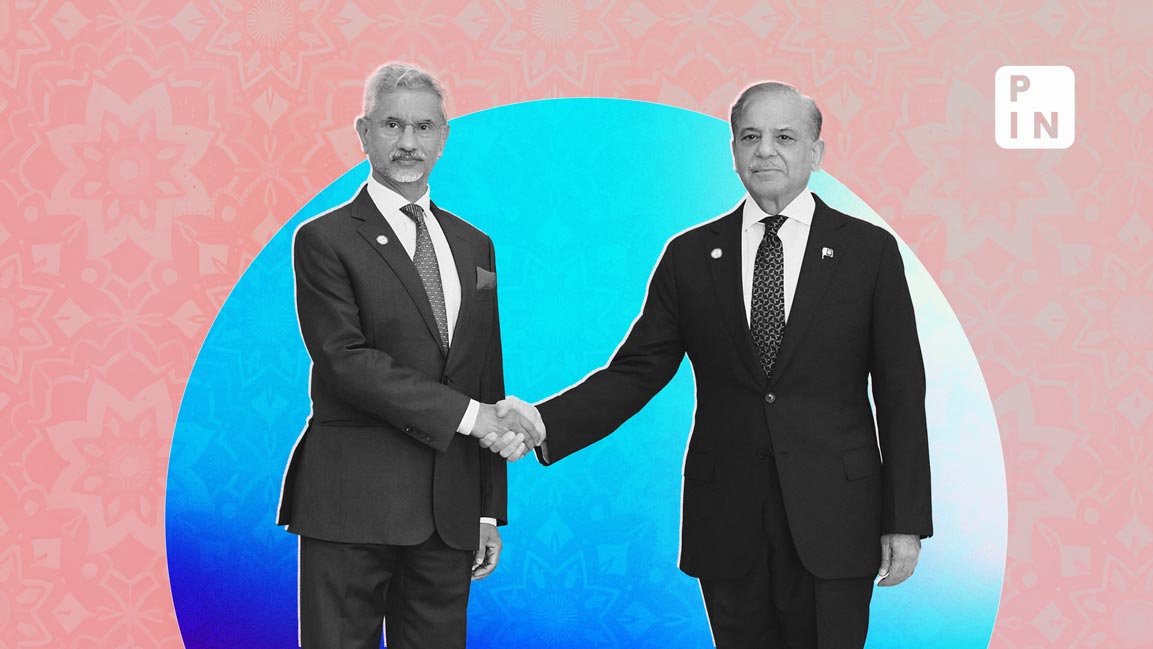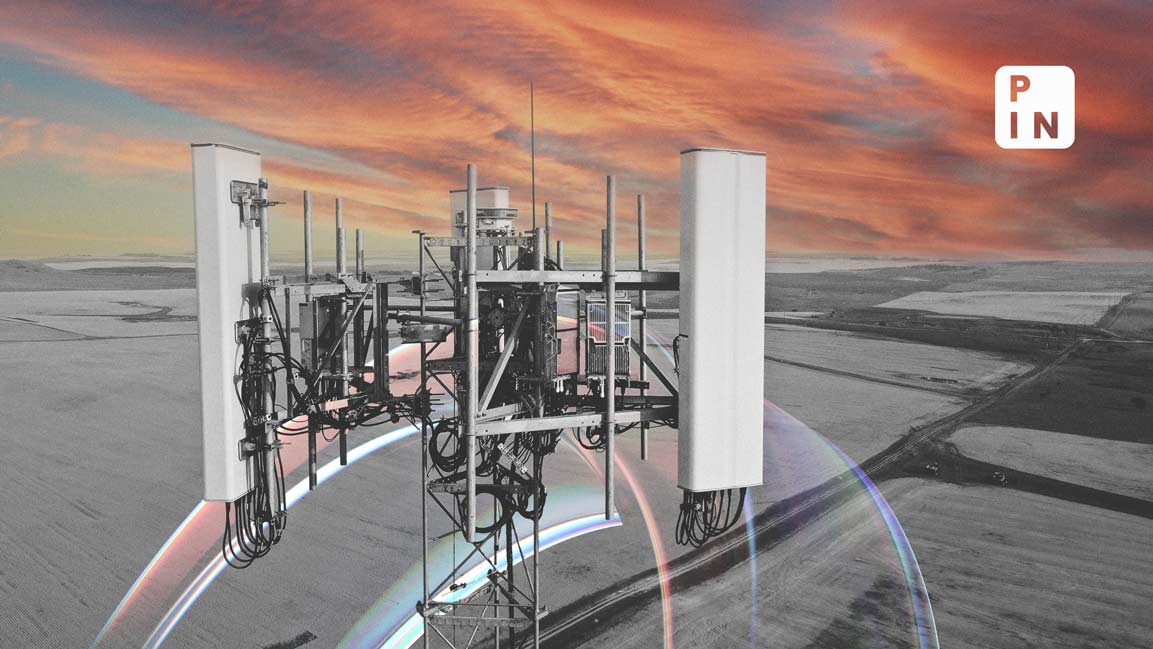- | 12:08 pm
Yoga, jet engines on agenda as PM Modi embarks on US state visit
Trade, defense, and technology collaborations in sight as PM begins state visit to the US

Prime Minister Narendra Modi left for the United States on Tuesday for his four-day state visit that will aim at further boosting ties between the oldest and largest democracies.
Trade and defense ties, in particular, are expected to get a fillip during the visit.
“India-US ties are multifaceted, with deepening engagements across sectors. USA is India’s largest trade partner in goods and services,” PM Modi said in a pre-departure message.
“We collaborate closely in science & technology, education, health, defense and security fields. The initiative on critical & emerging technologies has added new dimensions and widened collaboration to defense industrial cooperation, space, telecom, quantum, AI and biotech sectors,” he wrote, adding, “Our two countries are also collaborating to further our shared vision of a free, open and inclusive Indo-Pacific.”
India and the US are expected to sign a slew of deals, including one on transferring sensitive technology to manufacture F414 jet engines in India. New Delhi is also expected to sign a deal to purchase hunter-killer drones from the US.
Although PM Modi has visited the US six times since 2014 and met three presidents – Barack Obama, Donald Trump, and the incumbent Joe Biden – this marks his first state visit.
In the run-up to the visit, US secretary of defense Lloyd J. Austin III and national security advisor (NSA) Jake Sullivan visited India to discuss strategic, regional, and bilateral issues and ways to advance the technology and defense partnership between the US and India.
Austin met defense minister Rajnath Singh, who announced a road map for US-India Defense Industrial Cooperation to fast-track technology cooperation and co-production in air combat and land mobility systems, intelligence, and surveillance.
Sullivan met with PM Modi, minister for external affairs Subrahmanyam Jaishankar, and his Indian counterpart Ajit Doval.
The two NSAs rolled out a road map for cooperation at a stakeholder event on the Initiative on Critical and Emerging Technologies.
In a fast-changing geopolitical scenario when India’s next-door neighbor Pakistan is moving closer to China and Russia, analysts and experts are terming the PM’s visit as a step in the right direction.
“All aspects of defense co-production and co-development will be part of the discussion. The leaders will discuss the exchange and investment in technology in telecom, space, and manufacturing,” foreign secretary Vinay Mohan Kwatra said in an address to the media on Monday ahead of the PM’s visit.
The sealing of a defense industrial production road map will be the defining moment of the visit, Kwatra said.
Ahead of the visit, the US administration has completed executive approvals for the manufacture of F414 jet engines in India, Hindustan Times reported on Sunday, quoting people familiar with talks.
The process to notify the US Congress about the impending memorandum of understanding between General Electric (GE) and Hindustan Aeronautics Ltd (HAL) has begun, the report added.
As part of the deal, manufacturing jet engines will begin with the US transferring over 50% of the technology to India. This percentage will increase as the production cycle progresses, allowing India to gain access to advanced jet engine technology and know-how, enabling it to manufacture and potentially develop its advanced jet engine technology.
India’s former ambassador to Jordan, Libya, and Malta, Anil Trigunayat, told Press Insider, “The jet engine deal is the most important agreement as India will be among the five countries other than the US, Russia, France, and the UK to manufacture its jet engines.”
“There is also the likely announcement of the procurement of the hunter-killer drones from the US,” he said.
The defense acquisitions council, chaired by defense minister Rajnath Singh, had accorded the initial ‘acceptance of necessity’ to the estimated $3.5 billion (almost ₹29,000 crore), The Times of India had reported quoting people aware of the development in the ministry.
The ‘hunter-killer drones’ deals will be under the foreign military sales program of the US government, the report added.
The induction of the 31 high-altitude, long-endurance drones – 15 for the Navy and eight each for the army and the Indian Air Force – is being planned in phases, the report said.
Apart from defense, New Delhi and Washington will also strengthen partnerships in sectors such as semiconductors, rare earths, vaccines, and other critical technologies, Kwatra said.
PM Modi will arrive on June 21 in New York, where he will lead the International Yoga Day celebration at the United Nations headquarters.
He will then proceed to Washington DC, where he will be accorded a ceremonial welcome at the White House and will conduct a high-level meeting with President Biden.
Biden and US first lady Jill Biden will later host a state dinner.
On June 22, PM Modi will address a joint sitting of the US Congress, followed by curated interactions with leading chief executive officers and other key officials.
“India and the US are strategic partners in the true sense. It is a partnership among two mature powers, resulting from continuous dialogues at various forums and channeling them into newer opportunities,” Luv Tanwani, vice chairman, the Indo-American Chamber of Commerce, Pune, said.
Additionally, experts in foreign exchange and trade relations highlight the importance of economic ties between India and the US.
“The US is India’s single largest trading partner, with an export share of about 18%. Yet India does not have any free trade agreement with the US that allows it preferential access to the US market. It has become more vital in today’s age and time when global manufacturers are looking for alternatives to China. Vietnam, for example, signed a free trade deal with the US way back in 2000, and has benefitted immensely from it,” said Dhiraj Nim, FX strategist and economist with ANZ Research, the research arm of Australia and New Zealand Banking Group specializing in economic and financial market analysis.
“Foreign direct investment (FDI) is another important aspect of this relationship. The US’s share in FDI into India is about 10% and has ample scope to rise further. This will also bring complementary benefits in terms of technology transfers needed to spruce up manufacturing and exports of emerging trade segments like electronics” Nim added.
Javaid Naikoo contributed to the story.













